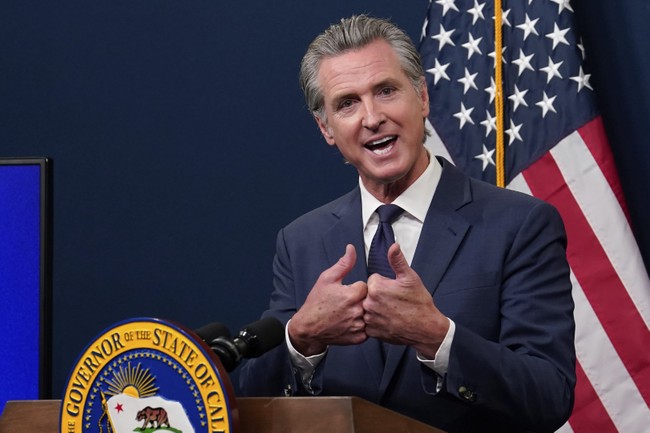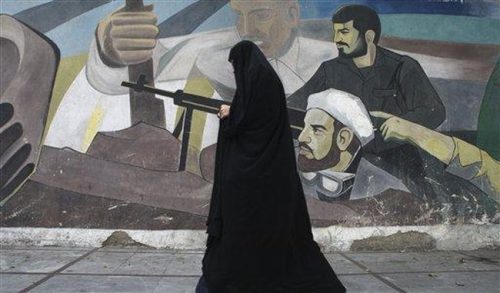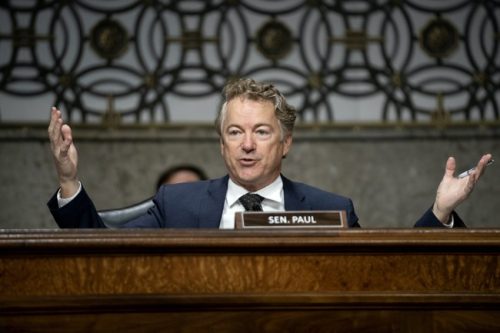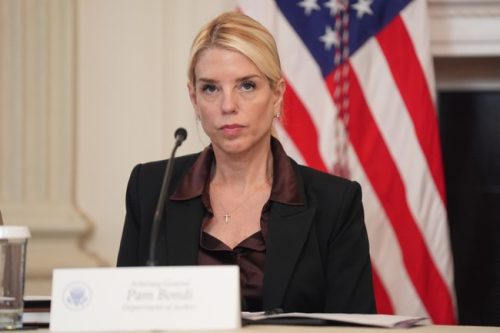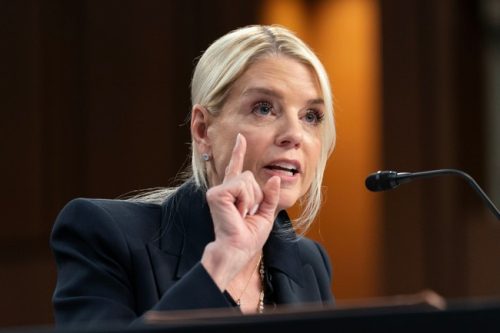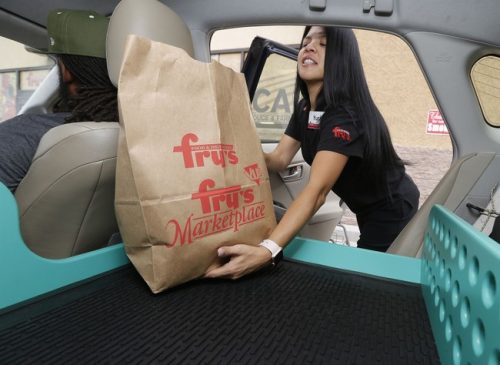Gavin Newsom is loudly pitching California as a model while positioning himself against President Trump, but his messaging is full of half-truths and outright false claims. This piece walks through his recent social post, fact-checks the headlines he leans on, and highlights the policy failures voters in California live with every day.
Newsom is running for president in 2028 and has been attacking President Trump as if Trump is the default opponent. He imitates a brash style to grab attention, but the substance of his claims is what matters to voters who actually live under his policies. Attacking Trump nonstop may fire up the base, but it also distracts from the problems piling up in California.
Still, Newsom doubles down on a misleading sales pitch and, in the process, spreads simple falsehoods to make California look like a success story. He posted a message meant to sell a “better way,” and that post is worth examining.
The entire post reads:
California is proving there is a better way forward than Donald Trump’s recipe of fear, chaos and increased costs.
– $11 insulin
– $20 minimum wage for fast food workers
– $25 minimum wage for healthcare workers
– Universal Pre-K
– Free school meals
– 600,000 new apprenticeship programs
– Largest civil service program in the country
– Universal healthcare
– Improved test scores across the… pic.twitter.com/oqUPxD9U1v— Gavin Newsom (@GavinNewsom) October 28, 2025
That claim doesn’t survive a quick reality check, and one X user called him out with a line-by-line rebuttal.
• $11 insulin: CA capped co-pays at $35 for insured patients (not $11). Uninsured pay $200+ for a vial.
• $20 fast food wage: Passed, but 80% of restaurants now cut hours/staff. Prices up 15%.
• $25 healthcare wage: Never passed. Bill died in committee.
• Universal Pre-K: Only for 4-year-olds, not universal. 40% of eligible kids still unserved.
• Free school meals: Federal program (pre-COVID). CA just continued it.
• 600K apprenticeships: Goal, not reality. Only ~80K active slots.
• Largest civil service program: AmeriCorps CA has ~6K volunteers. Hardly “largest.”
• Universal healthcare: No such law. Single-payer bill vetoed by Newsom himself (twice).
• Improved test scores: CA ranks 38th in reading, 46th in math (NAEP 2023). Scores dropped post-COVID.
Start with insulin. The touted “$11 insulin” figure is misleading because the law behind it does not take effect until January 1, 2026 and then only covers a CalRx-branded long-acting insulin pen, not every insulin on the market. Retailer pricing still affects the final cost, and the more accurate everyday number for many patients looks closer to $35 rather than $11.
The $20 fast-food wage also came with carve-outs and real consequences. Lawmakers excluded some restaurants from the increase, and many employers cut hours or staffing to compensate for higher payroll costs. California politicians even flirted with measures to force businesses to retain workers rather than letting the market adjust, which would have only made things worse for customers and owners.
On education, the “universal Pre-K” claim glosses over limits: the rollout targets four-year-olds and leaves a large share of eligible children without access. Performance data show troubling trends — only 28 percent of Black students in California read on grade level compared to 52 percent in Mississippi — and longer-term evaluations of pre-K programs have produced mixed or negative academic outcomes in some longitudinal studies. One Tennessee study concluded that “by sixth grade, participants had more behavioral issues, worse test scores, and lower attendance than control groups.”
Homelessness remains a glaring failure despite years of promises and billions spent. California counted almost 185,000 people experiencing homelessness in 2024, a rise of about 3 percent from the prior year, even after at least $24 billion was spent between 2018 and 2023 on programs to address the crisis. Federal data show California leads the nation in homelessness per capita, raising the obvious question: where did all that money go?
Public safety is another area where the pitch and the reality diverge. California posts a violent crime rate above the national average at roughly 508 incidents per 100,000 residents and ranks poorly for overall crime and public safety. Voters passed a tougher ballot measure last year to increase penalties for repeat shoplifting and drug dealing, but state leadership has resisted funding and full enforcement, undermining what the electorate asked for.
Wildfire and disaster response also expose policy gaps. After yet another destructive season, many homeowners still wait for permits and rebuilt infrastructure, and meaningful statewide reforms aimed at mitigation and rebuilding remain incomplete. The result is ongoing vulnerability for the same communities that suffer every fire season.
The pattern is familiar: big, optimistic claims from Sacramento, followed by limited implementation, expensive side effects, and uneven results. Whether Newsom intends to nationalize California-style governance or simply use the state as a campaign ad, voters deserve honesty about what worked and what failed under his watch. He can sell a vision, but he should not disguise the facts behind catchy slogans.

